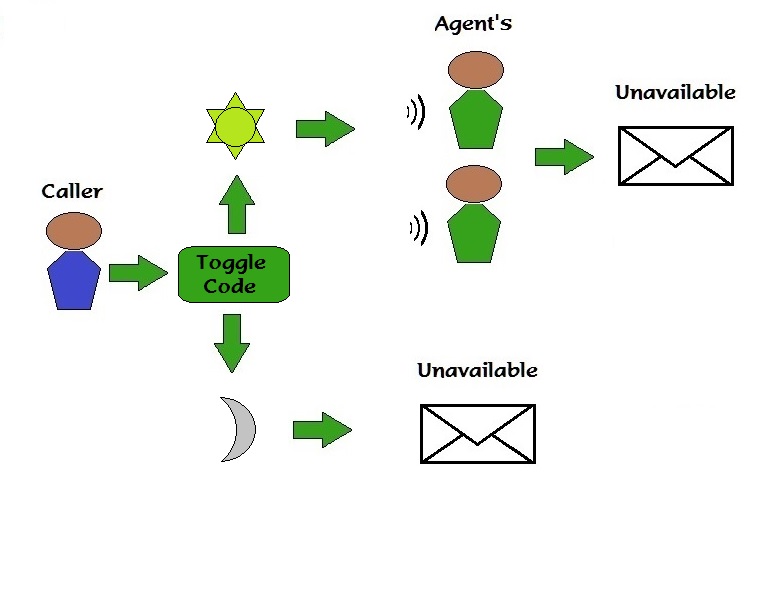Table of Contents
What are some common call routing configurations?
Available Selections
Customers may choose from one of the following scenarios for call routing:
- Direct Dial - No Call Tagging
- Direct Dial - With Call Tagging
- Queue
- Queue with Introduction
- IVR / Auto Attendant
You may find information and examples of these scenarios below. Please choose a scenario that best helps your business.
Feature: Call Tagging
Call Tagging is a feature available on some scenarios below. A Call Tag is a 3 letter code displayed in front of the CallerID allowing an agent to identify what number was dialed. This is useful for customers operating multiple companies in the same office and want to greet customers based on what phone number the caller dialed.
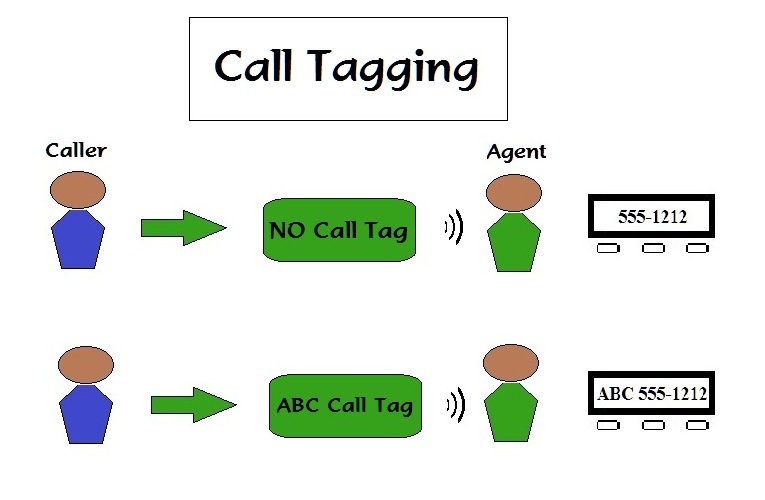
Scenario: Direct Dial
Direct Dial routes incoming calls to a specific phone. If there is no answer after approximately 4 rings the call is routed to voicemail for the same phone.
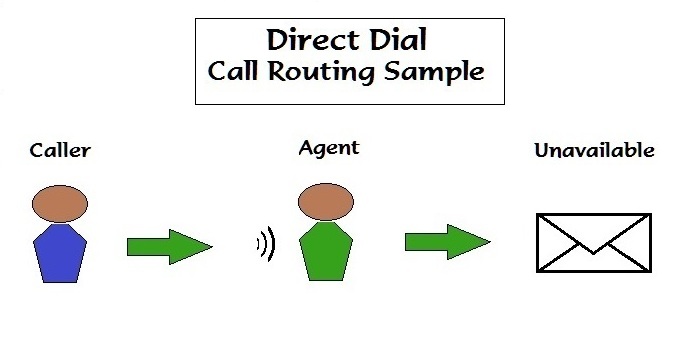
Scenario: Queue
Queue calls ring multiple agents. Customers must provide the following settings:
- How long the phone must ring before the call is routed to voicemail if no agents are available.
- The voicemail box number where the call should be forwarded too if there is no answer by an agent before the call expires.
Customers may also specify:
- If a recording should play to the caller before the phones begin to ring.
- If the caller should hear ringing or music while waiting for an agent to answer the call.
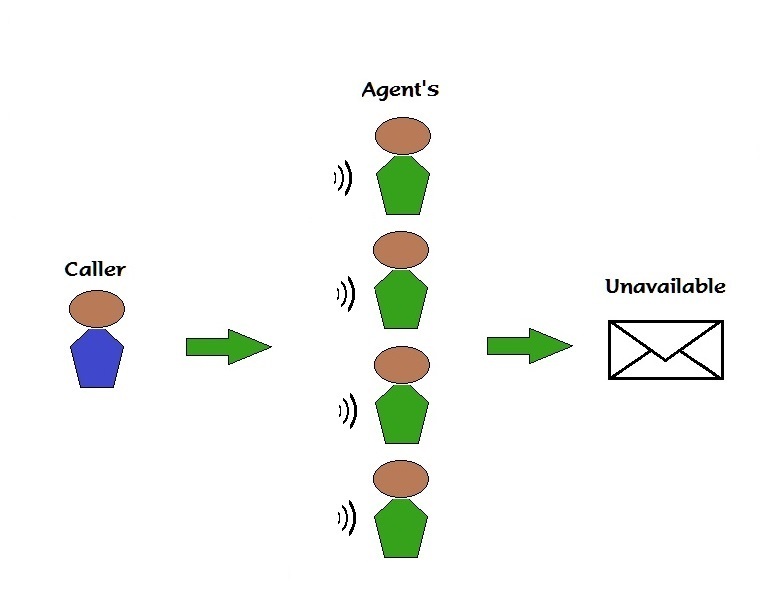
Scenario: Queue with Introduction
Queue with Introduction scenario uses the following base configuration:
- Call is received by Helix Telecom.
- A female voice advises callers, “Please wait while we locate a representative to assist you.”
- Hold music begins to play while simultaneously ringing agents.
The combination of an introduction message and hold music will statistically lead to lower abandonment rates than ringing alone.
Customers must provide the following settings:
- How long the phone must ring before the call is routed to voicemail if no agents are available.
- The voicemail box number where the call should be forwarded too if there is no answer by an agent before the call expires.
The following features are also available:
- Callers may be offered an opportunity, at 1 minute intervals, to exit the queue and leave a voicemail. If this option is enabled you must specify the 4 digit mailbox number where the call should be routed too.
- Callers may be told, at 1 minute intervals, how many other callers are waiting on hold.
- Callers may be told, at 1 minute intervals, their estimated hold times based on the hold time of previous callers. Please note this information may be inaccurate depending on time of day and number of callers in queue during the 60 minutes prior.
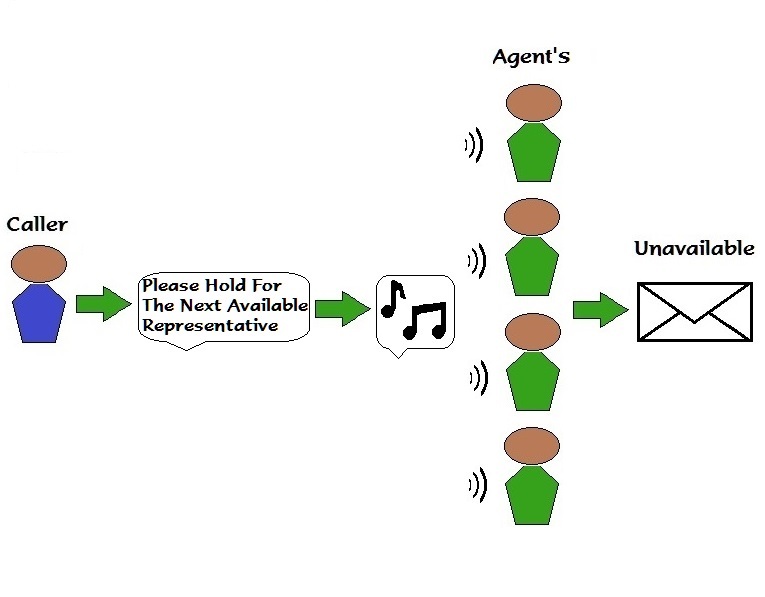
Scenario: IVR / Auto Attendant
An IVR or Auto Attendant allows a caller to dial a specific string of digits to reach a queue, specific agent, a recording or specific voicemail box.
Customers requesting an IVR will need to specify what numbers your customer would dial and the corresponding destinations. The most common options are the extension numbers of all phones on the account and zero for the operator's extension.
If you would like to setup an IVR please be sure to record your customer greeting as soon as possible. You can find instructions for recording your IVR greeting here: What is the process for recording an IVR or Auto Attendant greeting?
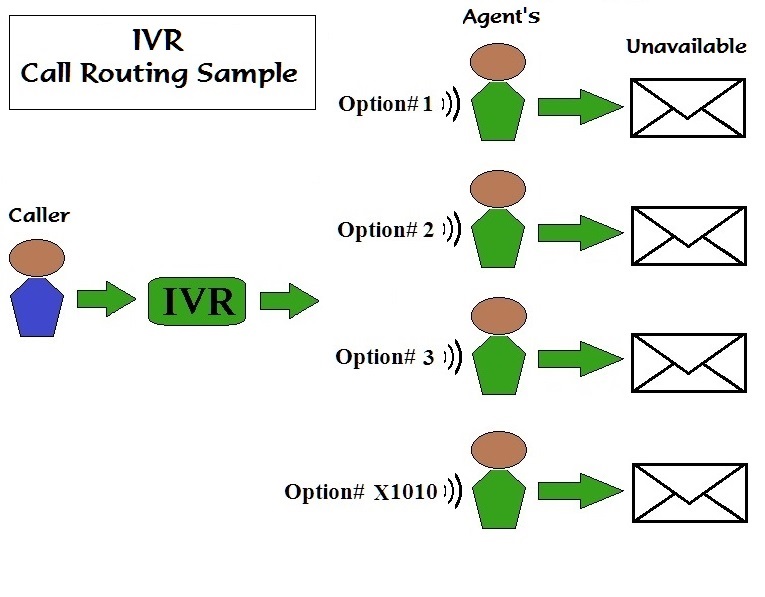
Scenario: Toggle Code
A Toggle Code allows you to switch or toggle between 2 different scenarios. For example.. A Toggle Code will allow you to use a Queue scenario during daytime hours and a Direct Dial scenario during night hours.
